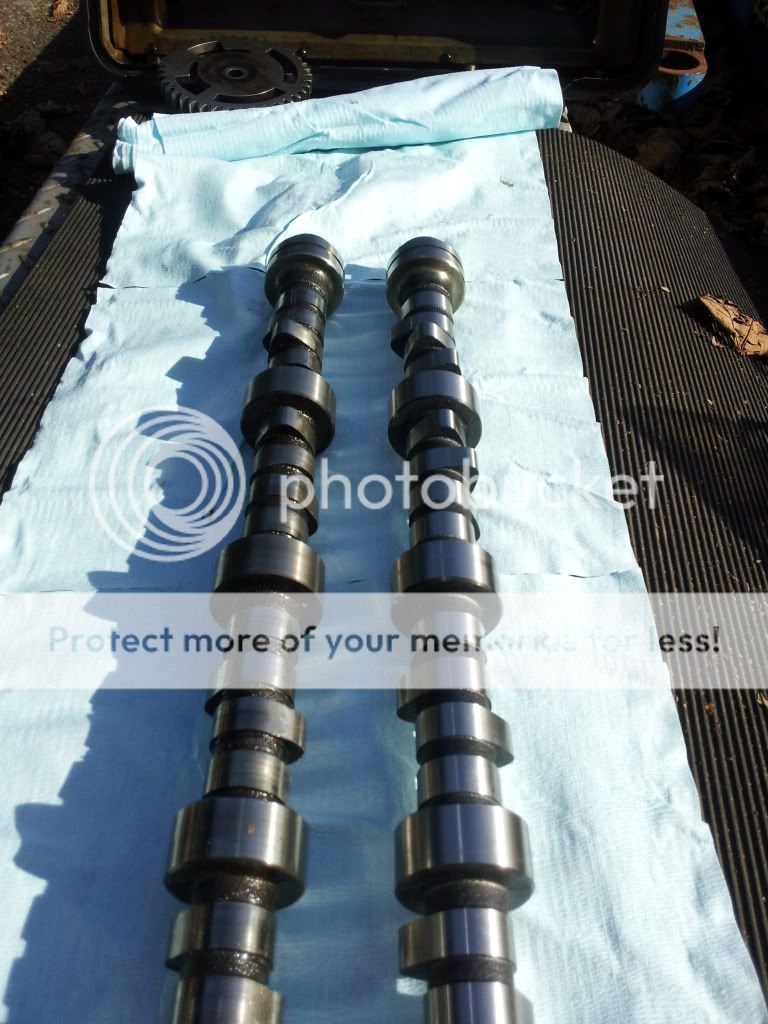stopover
Active Member
- Posts
- 852
Many members say run in at + 1500 ie 2000 revs for 20 minutes. Seems to make sense as the block would be fully warm and anything over 1500 revs would supply good, if you could call it that oil pressure to lube everything in sight.
Where does this info come from. The workshop manual just says rev it until the followers go quite.
Having just put in a new cam I intend to follow the 200 revs (varying a bit up and down but no less than 1500. Hope to do this in a couple of days as the rebuild is going well (hope nothing missed, and always a worry).
Where does this info come from. The workshop manual just says rev it until the followers go quite.
Having just put in a new cam I intend to follow the 200 revs (varying a bit up and down but no less than 1500. Hope to do this in a couple of days as the rebuild is going well (hope nothing missed, and always a worry).


